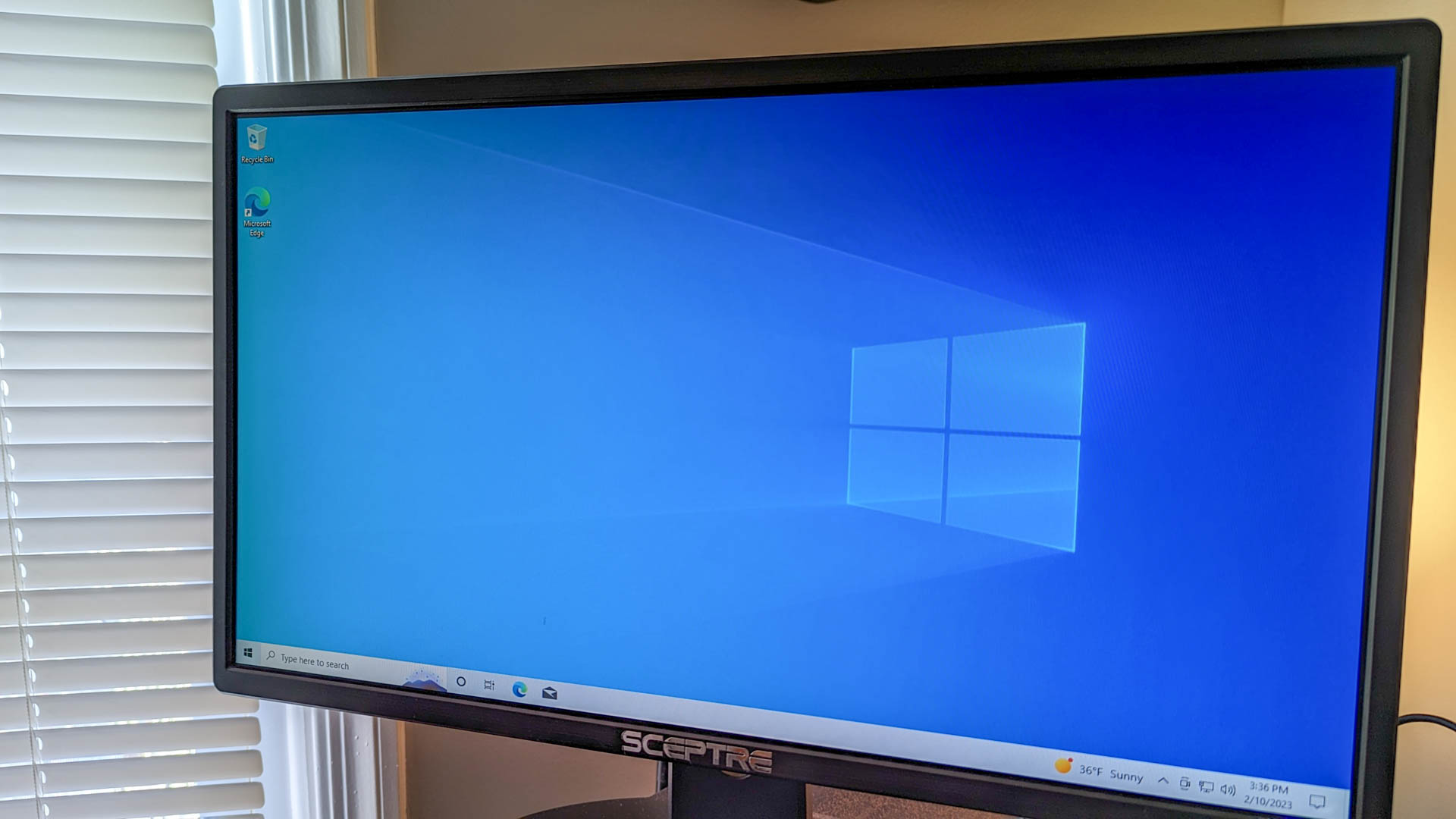Hello,
I am attempting to do a clean install of Windows 10 onto an M2 NVMe SSD. I can successfully install Windows onto the drive, but I cannot actually boot into Windows after completing the installation.
I am attempting to do a clean install of Windows 10 onto an M2 NVMe SSD. I can successfully install Windows onto the drive, but I cannot actually boot into Windows after completing the installation.
- Mobo is a ASUS Z490-I
- M2 drive is a Corsair MP400
- The motherboard always identifies the M2 drive as a storage device
- The motherboard will only identify the M2 drive in the boot order if CSM is enabled
- When appearing in the boot order, I only see "Corsair MP400" listed; I do not see "UEFI MP400", "Windows Boot Manager MP400", etc.
- If I boot into the M2 drive with CSM enabled, I get a "Reboot and Select proper Boot device" message
- If I boot with CSM disabled, I go straight into the UEFI BIOS
- I have cleaned the M2 drive and reformatted it as GPT
- The M2 drive has an EFI partition
- If I disable CSM, I get a the following message: "Due to Microsoft Secure Boot regulations, ensure the Microsoft signed UEFI driver is contained in the plugged PCI-E based storages including M.2 SSD before set the Launch CSM to [Disabled]. Otherwise, the PCI-E based storages will be only available for the data drive usage. Contact the PCI-E storage vendor for the UEFI driver availability details."
- I have installed Windows 10 via USB drive onto the M2 drive (I know it's there because I can see the files there when I boot into Windows via a different drive)
- When installing and booting, I have disconnected all hard drives except the M2
- I have attempted to boot both with secure boot set to "Windows UEFI" and "Other OS" without success
- Fast boot is disabled



